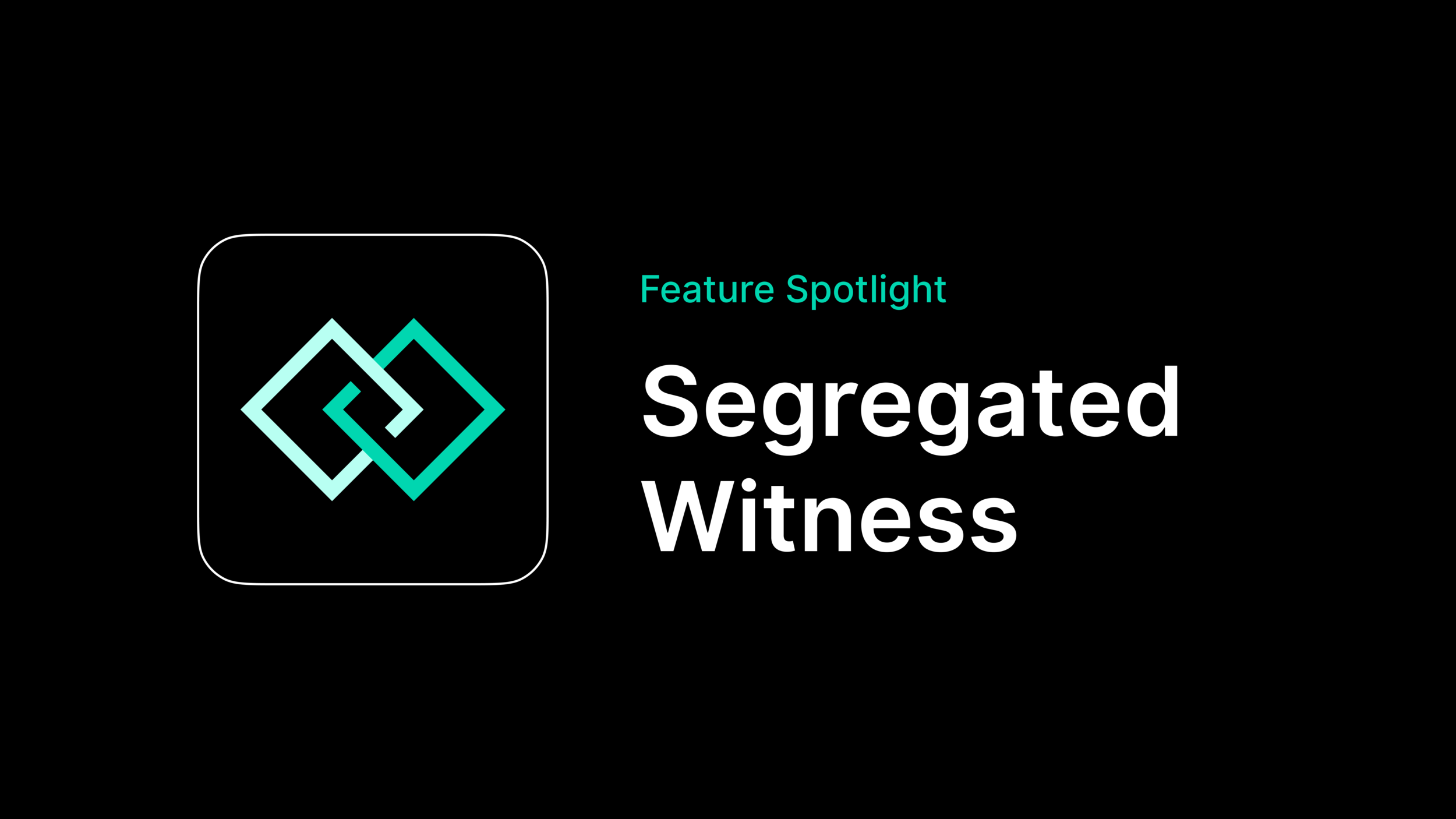This is the last article in our feature series for winter/spring 2019. We have for some weeks now been posting [blog posts][0] about highlighted features in our wallet, how they work and how they are supposed to be of value to our users. We wanted to invite our users into the ideas behind the wallet, its purpose and how we have personally been thinking in the development and process. Here is a summary and brief presentation of the features that we have talked about during this series.
All tagged cryptocurrency
How to Feel Safe with Crypto
When developing our COINiD Wallet, we wanted to create something that solved the users’ concerns about the, at the time, existing wallets out there. We wanted a wallet done right. Security became one of our focus points and as crypto owners ourselves, we knew from before where it was lacking and what had to be improved for our future users to trust our wallet with their funds. Following is a brief catch-up on what security aspects we were thinking of when developing our mobile wallet.
Why You Should Use 'Sign Message' In Your Crypto Wallet
Let’s say that you send coins to someone, and that person wants to verify that it is actually you who have sent the coins. That person will probably not approve you just showing them the public address that you sent the coins from, and you should neither show your private keys to anybody else. Luckily, there is a function where you can have a custom signature that can verify your ownership but doesn’t reveal your private keys. Even more luckily, it happens to be a function that we now offer in the COINiD Wallet; sign message.
How SegWit Can Ease Your Transaction Pain.
The time for transactions to go through has been considered one of Bitcoin’s most discussed flaws. If you wish to have your transaction go through quickly you’ll have to pay higher fees. Nevertheless, SegWit came with another solution to these scaling problems. The name SegWit stands for Segregated Witness and is a process where signature data is removed from the transaction data which makes it possible to add more transactions into one block.
Tired of Overpaying Transaction Fees?
For those of us who have traded with Bitcoin, transaction fees are nothing new. Actually, one of the most common questions in the crypto community is the one about the ideal transaction fees. Not too surprising. When making a transaction you should want to know how much that will actually disappear from your account. Furthermore, it is more or less human nature that you would want the extra fees to be as low as possible. That’s why we have added some features to our COINiD Wallet that can help you with this; transaction batching and smart fee estimation.
Spring News from COINiD!
COINiD has some spring news for you! Lately, we have been working on refreshing the COINiD wallet with new features, improved design and performance enhancements. Here are some of the updates that are now added to your wallet.
2 Apps for a Unique Mobile Wallet Experience
COINiD is a bundle of apps; the COINiD Wallet and the COINiD Vault. For many mobile wallets, there is one application you need to download, so why do we have two? What is the purpose of the COINiD Vault, and how does it work together with the wallet? If you have read our previous articles on hot and cold storage, you might have learnt when the different apps are used and when they integrate. Nevertheless, following is a more specific description of the purpose of the two applications.
Is A Hot Wallet Unsafe?
Security aspects of cryptocurrency is a debate that can be heard every day, and we believe that even for hot storage, users must be comfortable with and trust the wallet they are using. The cold storage solution is indeed what foremost makes us different from many other mobile wallets. However, if you want to spend and receive coins, then you deserve a hot wallet done right as well. Easy, secure and fun! That is what we believe that cryptocurrency should be all about, and that is what we try to reflect in our wallet. Hot or cold.
How to get Cold Storage without Spending Extra Money.
Welcome to our COINiD article series! In this first piece, we will discuss our most prominent feature; our cold storage solution. When developing our COINiD Wallet, we knew that we wanted one of our outstanding features to be that of cold storage. A mobile hot wallet is very convenient since you always have access to your funds, but with a lot of coins and with no third party as security, you might not want large amounts of funds exposed to an online environment. That all we knew, so what were the existing opportunities for cold storage in mobile wallets?









